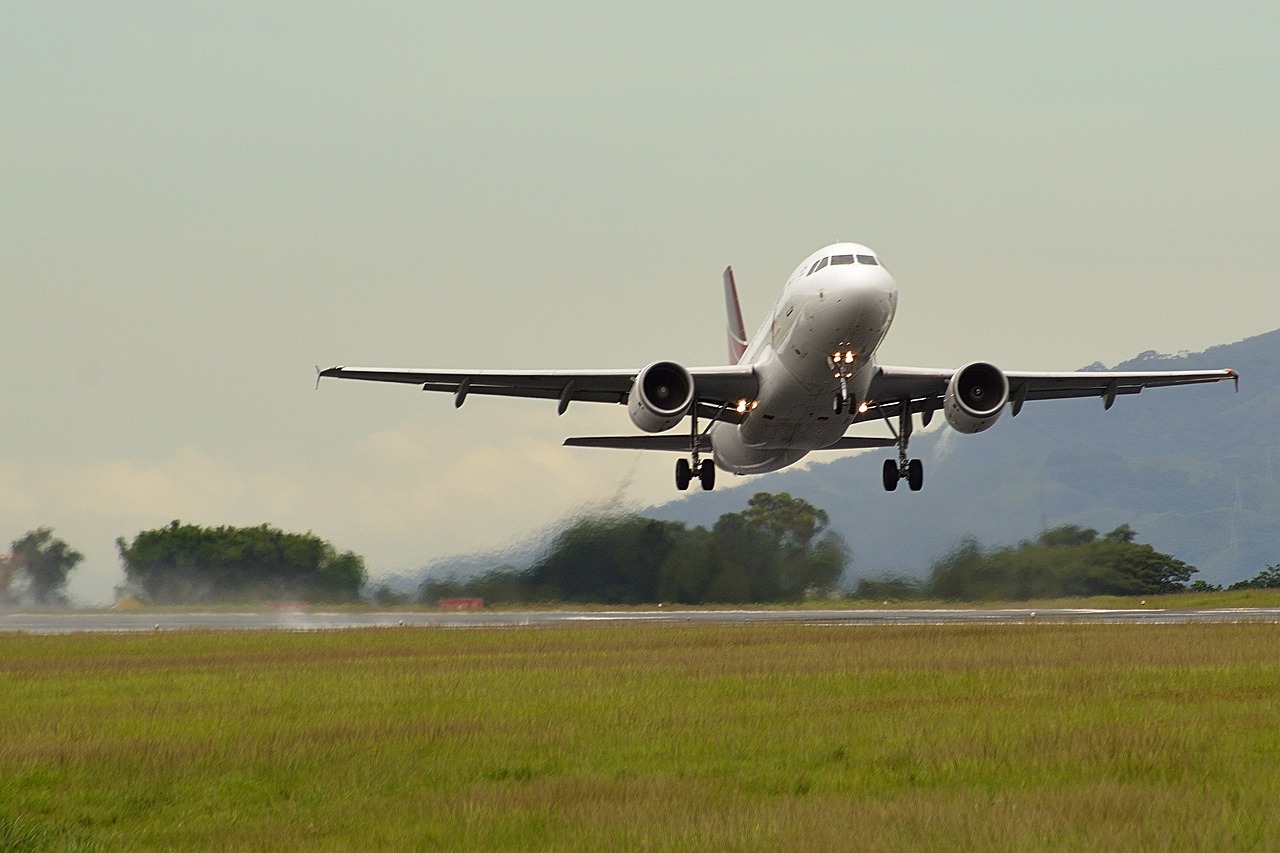Why Sustainability Matters in Aviation
With rising concerns about climate change, the aviation industry is shifting towards greener alternatives. The sector contributes around 2-3% of global carbon emissions, prompting airlines, manufacturers, and policymakers to explore sustainable solutions. Sustainable aviation fuels (SAFs), electric aircraft, and carbon offset programs are key strategies to achieve net-zero emissions by 2050.
Green Aviation Innovations
- Sustainable Aviation Fuel (SAF): SAF is made from renewable sources like algae, cooking oil, and agricultural waste, reducing carbon emissions by up to 80% compared to conventional jet fuel.
- Electric and Hybrid Aircraft: Companies like Airbus and Rolls-Royce are developing electric and hybrid aircraft to minimize fuel consumption and emissions.
- Carbon Offsetting Programs: Airlines invest in reforestation, renewable energy projects, and carbon capture technologies to compensate for emissions.
- Lightweight Materials: Modern aircraft are built with composite materials like carbon fiber, improving fuel efficiency and reducing environmental impact.
- Hydrogen-Powered Aircraft: Hydrogen fuel cells are being explored as a zero-emission alternative, offering a promising solution for sustainable long-haul travel.
The Future of Eco-Friendly Aviation
Governments and international aviation organizations are setting ambitious targets to make flying more sustainable. Technologies like hydrogen propulsion and advanced battery storage are being developed to make zero-emission flights a reality. As more airlines commit to green initiatives, the aviation industry is set to enter a new era of sustainable air travel. The shift towards eco-friendly aviation is not just a necessity but an opportunity to build a cleaner and more efficient future for air transportation.



